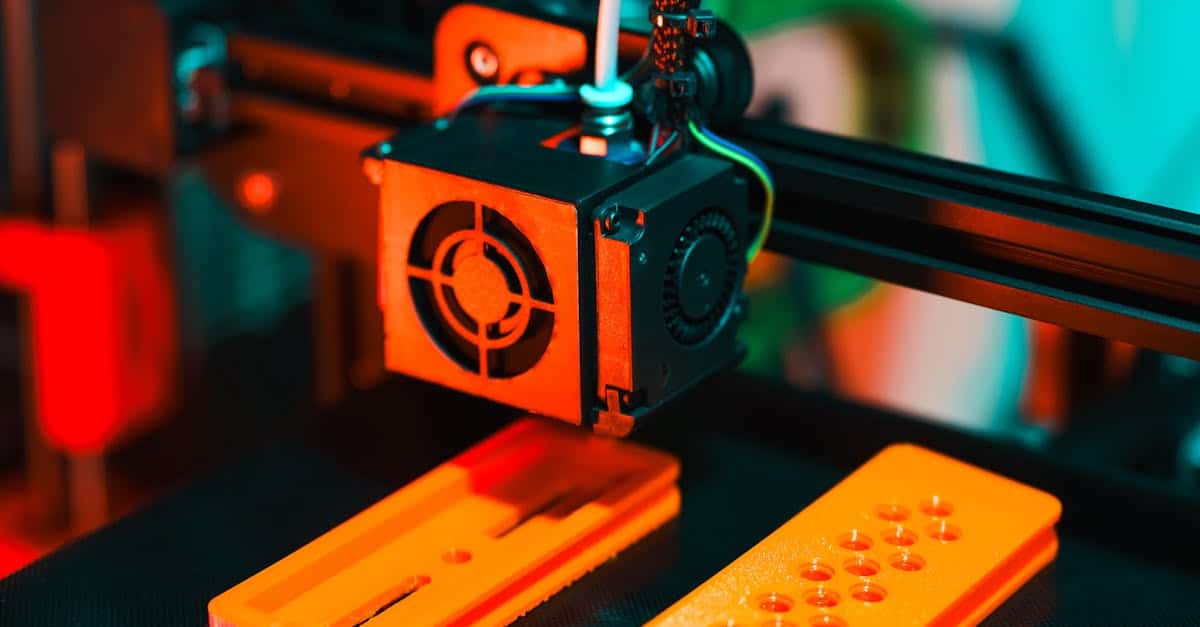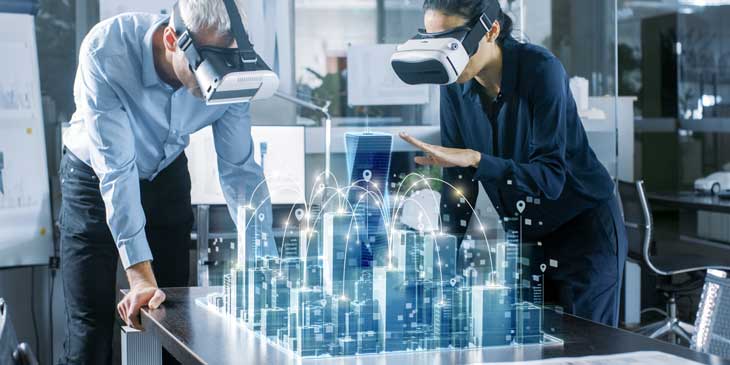HD Hyundai Heavy and HMM are embarking on an innovative adventure with a promising project for 3D printing ship parts, which is expected to come to fruition by December. This initiative highlights the commitment of both companies to integrate advanced technological solutions into the shipbuilding sector. By adopting this method, they plan not only to optimize manufacturing processes but also to redefine quality and sustainability standards in the maritime field. This development represents a major advance in the adoption of 3D printing in the naval industry, promising to radically transform traditional manufacturing approaches.

Table of Contents
ToggleHd hyundai heavy and hmm announce a revolutionary 3d printing project
The collaboration between HD Hyundai Heavy and HMM marks an unparalleled turning point in the naval sector. This strategic partnership aims to 3D print ship parts by December, an advancement that could transform the way maritime components are manufactured. By adopting this technology, both companies aim to significantly reduce production lead times and optimize costs associated with shipbuilding.
Significant benefits from 3d printing
The advantages of 3D printing in shipbuilding are numerous and varied. First, this technique allows for the creation of complex parts that would be difficult to achieve with traditional methods. Indeed, the ability to produce customized parts in small batches is an undeniable asset. In addition, the use of innovative and lightweight materials enhances the energy efficiency of ships, thereby contributing to better operational performance of the HMM fleet. Such initiatives also reinforce HD Hyundai Heavy’s position as a leader in innovation in the maritime industry.
A promising future for the maritime industry
This ambitious project is not limited to the 3D printing of ship parts, but is part of a broader effort in technological innovation. Additive printing capabilities could open new perspectives in ship maintenance and repair, thus reducing downtime. With the implementation of these new technologies, the maritime industry is heading towards a more sustainable and efficient future. The impact of this collaboration could very well transcend South Korean borders, influencing global shipbuilding practices.
















